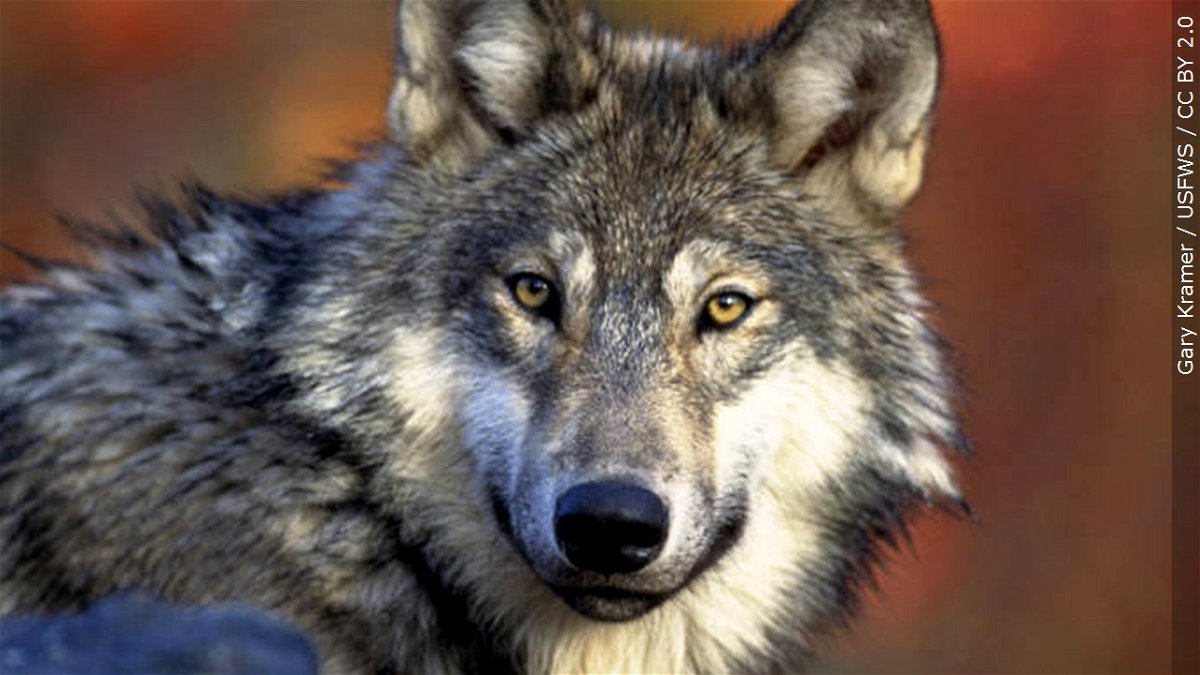Judge won’t block Idaho wolf trapping, snaring regulations

BOISE, Idaho (AP) — Trappers can continue pursuing wolves under Idaho’s current regulations after a federal judge rejected a request by conservation groups to temporarily block the state’s expanded wolf trapping and snaring rules.
The decision earlier this week by a U.S. magistrate judge isn’t on the merits of the case. It instead rejects a request by the groups fighting to halt the trapping and snaring rules until the case plays out and is decided.
The Center for Biological Diversity and other groups in a lawsuit filed late last year contend Idaho’s expanded wolf-killing regulations violate the Endangered Species Act because they will lead to the illegal killing of federally protected grizzly bears and Canada lynx.
But U.S. Magistrate Judge Candy W. Dale ruled that the groups “have not shown a likelihood of irreparable harm caused by the continued authorization, and current expansion, of Idaho’s wolf trapping and snaring laws and regulations.”
More than a dozen groups filed the lawsuit in December against Republican Gov. Brad Little and state wildlife officials seeking to halt trapping where lynx and grizzly bears are found.
For lynx, the conditions could cover most of Idaho except for the southwestern portion of the state. For grizzly bears, the areas would include portions of northern, central and eastern Idaho. Wolves are found in roughly the northern two-thirds of the state.
In May 2021, Little signed a measure lawmakers said could lead to killing 90% of the state’s 1,500 wolves through expanded trapping and hunting. It took effect July 1 of that year.
The change to Idaho’s wolf-harvest laws was backed by trappers and the state’s powerful ranching sector but criticized by environmental groups. Backers said it would reduce the wolf population and attacks on livestock while also boosting deer and elk herds.
The changes include allowing the state's Fish and Game Department to enter into contracts with private entities to kill wolves. Fish and Game late last year announced it had reached an agreement with a nonprofit hunting group to reimburse the expenses for a proven wolf kill.
Besides setting up the reimbursement program, the law also expanded killing methods to include trapping and snaring wolves on a single hunting tag, no restriction on hunting hours, using night-vision equipment with a permit, using bait and dogs, and allowing hunting from motor vehicles. It also authorized year-round wolf trapping on private property.
The Idaho Department of Fish and Game has said the state's wolf population has been at about 1,500 each of the last three years up to August 2021. The August 2022 estimate is expected in January.
The estimate is based in part on information from millions of photos from hundreds of trail cameras scattered around the state that are retrieved in the fall and analyzed to produce the wolf population estimate.
Fish and Game officials have said the state’s wolf population each year for the last three years has fluctuated from a high approaching roughly 1,800 in May when wolf pups are born and down to a low of about 900 in April as wolves die through natural mortality, hunting or trapping.
Montana in 2021 also expanded wolf killing.
The U.S. Fish and Wildlife Service in September, at the request of environmental groups concerned about the expanded wolf killing in the two states, announced a yearlong review to see if wolves in the U.S. West should be relisted under the Endangered Species Act.






